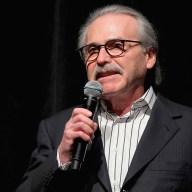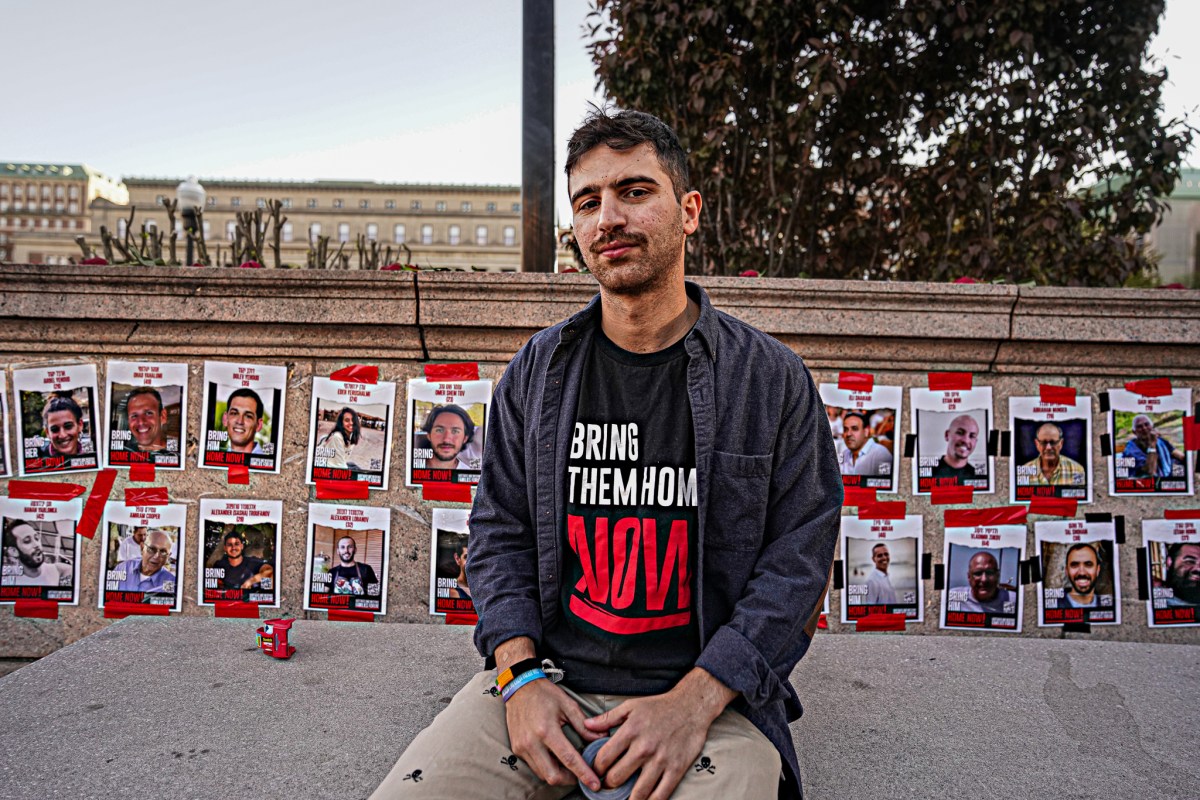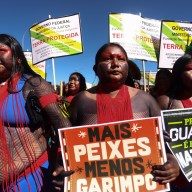For the past decade, the Financial District has been a hotbed for office-to-rental conversions that have tried to woo residents downtown with lower rents and upscale amenities. But as the market has started to recover, prices have been driven up, concessions have been shot out the window and a new type of resident is joining the younger generation of post-grads trying to find cheap space. Move over, Occupy Wall Street — Occupy Stroller is setting up camp.
Comparisons to Park Slope made in a recent New York Post article aren’t so farfetched, as today’s FiDi is far from how it used to be known: as a traders-only area that becomes a ghost town after 5 p.m. Buildings such as New York by Gehry, the tallest residential building in the Western Hemisphere, have brought new life into the area, attracting high-end customers with penthouses reaching $60,000 a month. With prices that high, agents are seeing some increase in sales interest — though very few new condo units are available in the area.
“It doesn’t make as much sense to rent,” explains Ryan Serhant, an SVP/Managing Director at Nestseekers. “All the incentives have worn off, and people are paying more each month to rent than they would if they had bought.” Despite the high rent, buildings such as 2 Gold, 67 Wall and Gehry’s megaproject have fewer vacancies and are about to receive some competition.
Metro Loft Management, the brains behind eight office-to-rental building conversions in FiDi, announced last week that they will be converting 70 Pine into a rental building by the summer of 2013. Formerly the home of AIG, the conversion would make it surpass Gehry’s tower as the tallest residential building in the city at 950 feet.
Plans for how the units will be divided between rentals and a possible hotel haven’t been finalized, but the addition of nearly 1,000 units with studios averaging $2,400 a month will bring even more nontourists/nontraders to a neighborhood that is quiet enough to play host to kids.
“It’s never going to be a hub of nightlife activity, as the architecture doesn’t call for it,” says Serhant. “But you have so many people coming now, and Stone Street is always packed. The value is still there.”
At the Seaport
While the South Street Seaport is a popular spot for tourists, the people behind the project are sick of the novelty shops that occupy Pier 17. The developers have plans to open high-end stores and a rooftop garden/concert space which could accommodate 2,000 people. Construction is scheduled to be completed by 2015.
















